Looking to make the most out of your Animal-Based Diet?
Click here for 10% off all Heart & Soil Supplements (discount applied at checkout) or use code THEHIVE at checkout
The animal-based diet. What’s that even mean? Well, you’ve heard of a plant-based diet, right? You know, the one society tells you to eat these days. The one where you where you’re supposed to eat primarily vegetables, nuts and whole grains, some white meat, no red meat, very little animal fats and a lot of “seed oils.” Oh, and don’t forget “Beyond Meat” or the “Impossible Burger.”
The animal-based diet is, quite literally, the opposite of a plant based diet – and I decided to give it a try for 30 days. If you’re curious about the animal-based diet, here’s everything you need to know along with my personal thoughts about the experience. And if you’re looking for a female’s experience on the AB diet, my wife did it too – and you can read all about her transformative experience here. animal-based die
What is the Animal-Based Diet?
In striking contrast, the animal-based diet is one focused on making whole animal foods the primary focus. Think grass-fed beef, lamb, pork, bison, elk, etc., and organs like heart, liver, kidney and so on (we wrote a detailed animal-based food list here.) It heavily incorporates saturated animal fats (like butter, lard, tallow, suet). For variety, one can incorporate honey (yes, it’s an animal product, ain’t that the bees’ knees), and low toxicity plants/vegetables to a lesser degree. In doing so, the animal-based diet is designed to be an evolutionarily consistent diet for human beings. How many ingredients are in a steak? Just one – beef. animal-based diet
Why I tried the Animal-Based Diet
Prior to the holidays, with some exceptions, I was pretty much eating a strict carnivore diet, i.e., high-quality animal meat and organs (which I obtained via Heart & Soil). I say I was “strict carnivore,” but I occasionally ate vegetables without regard to their toxicity occasionally and I still incorporated coffee daily, and alcohol on weekends (mostly red wine because well it goes well with a fat steak). I began eating this way after reading Dr. Paul Saladino’s book, The Carnivore Code (you can read my takeaways here). However, as is typical with the holidays, I decided to overindulge and ate and drank like an unmitigated fat-ass.
As luck would have it, Dr. Saladino came to my metabolic rescue (not me specifically, but whatever you get the idea). He cooked up (I’m full of puns today) a 30-day dietary reset challenge he dubbed the “Animal-Based 30.” In desperate need of a detox, I first did Prolon’s five-day fasting mimicking diet to get my systemic inflammation back to baseline. I then embarked on yet another self-experiment and tried the animal-based diet.
The Animal-Based Diet blueprint
To give you an idea of how the animal-based diet operates and how to shop for it, Dr. Saladino came up with a handy chart giving you all the information you need to follow along. Obviously, the idea of the diet is that there are core (animal) food items and the rest falls on a spectrum of toxicity from ok to “avoid at all costs.” The chart below (and this detailed Animal-Based Diet Food List) provides great clarity in guiding your primal eating adventures.
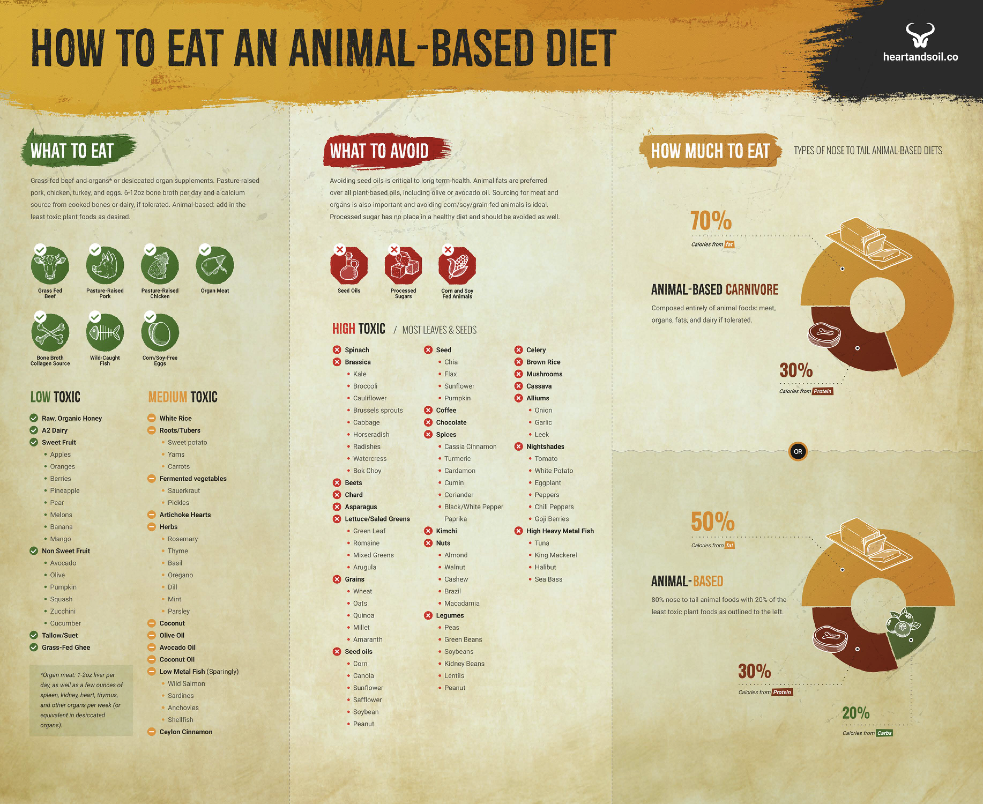
For the next 30-days my animal-based diet consisted of red meat, animal fats, animal organs (which I got through Dr. Saladino’s supplement company Heart & Soil), bone broth, sweet and non-sweet fruit, squash, honey and to a limited-extent wild caught fish. I did use olive oil, but it was limited to basically roasting squash. I incorporated cheese as well, because, well I love it, and dairy is permissible if tolerated. Notably, I cut out coffee and caffeine completely, which for me was a massive deal because I’m so caffeine addicted. I ate three meals a day, with some intermittent fasting on weekends. animal-based diet
Meat Quality Matters
One thing to mention here is that the quality of the animal-based foods is extremely important to this style of eating. I made sure to stock up on grass-fed beef and fat sources (and even invested in an extra garage storage freezer) so that I always had good quality food on hand. My meat stores of preference:
Farm Foods Market – amazing selection of different grass-fed cuts, organ meats and bones at a solid price.
Perennial Pastures – a San Diego-based regenerative cattle farm that offers different cuts and ancestral blends.
Butcher Box – grass-fed beef, pasture-raised chicken and heritage pork at reasonable pricing. Our favorites: their ribeyes and bacon.
A day of eating on an Animal-Based Diet
So what did a typical day of eating animal-based look like? Well, it was rather simple.
Breakfast
Breakfast consisted of 2 pasture raised organic eggs cooked in either beef tallow or grass-fed butter and a grass-fed beef patty or pasture raised bacon. I also had a cup of berries with honey and goat cheese or a banana with honey.
Lunch
Lunch was a fairly simple affair of ground grass-fed meat (sometimes a meat and organ blend from Force of Nature Meats), cooked in tallow and seasoned with Pluck, an organ-based seasoning.
Snacks
I rarely snacked because I simply was not hungry in between meals. However, if I did feel the need for a between meal nibble I’d munch on grass-fed beef jerky, wild-caught sardines or anchovies packed in olive oil or a cup of bone broth.
Dinner
For dinner, I would typically have some form of grass-fed beef (chuck roast, tri-tip or ribeye), squash or avocado, and a cup of bone broth. For dessert, I’ll typically have a cup of hot lemon water or some slices of papaya or fruit.
How I felt on the Animal-Based Diet
How did I feel? Fantastic. Noticeably, and oddly, I became very in tune with the light and dark cycles of the day. I was up with the sun and down with it. I wasn’t going to bed at 5pm, but I also was more than ready to pass out by 9pm. The kicker was that my energy was steady and consistently high throughout the day. I found that I did not need coffee to function.
I noticed that I also did not experience the same sort of gas, bloating and discomfort I usually experienced (and which I think a lot of us normalize having) after eating whole grains, leafy greens, legumes and nuts. It was almost weird not experiencing the usual bloat. However, this makes sense considering your body must heavily ferment plants to digest them properly (or at least more so than animal foods), and plants (or at least higher toxicity ones) contain digestion inhibiting compounds and/or endocrine disruptors (because they don’t like to be eaten). Eating animal-based eliminates this concern.
My workouts were great, and I felt like I did not need pre-workout or caffeine to either get motivated or to get through them. Meal prepping was much more simplified, as one would expect with a much more limited range of options to choose from.
Perhaps, most strikingly, I noticed that my cravings literally vanished on the animal-based diet. I no longer craved coffee (although I certainly did miss the social and behavioral aspects of it), I had lost all desire to drink alcohol of any type, and I no longer wanted anything sugary or any type of grain. As it turns out, if you give your body enough of the nutrients it’s designed to function optimally on, you eliminate cravings.
Finally, and although an animal-based diet is in no way a weight loss program or a restricted calorie diet, I noticed that my satisfaction levels after eating where much higher and I lost bad weight. I did not feel the need to either overeat or snack. My body was, for lack of a better word, satiated – neither stuffed nor feeling like I didn’t get enough to eat.
What I don’t like about the Animal-Based Diet
The animal-based diet is, in word, restrictive. If you are going to strictly adhere to this diet, you will find that your eating out options are very limited (unless you live near a bbq joint or you’re going to be solely eating at steakhouses). And, to be fair, it kind of ruins eating other types of foods. I look at pizza differently now (and I f*ing love pizza), and I have had a couple instances where the wheat crust has made me sick. But once you eat this way, and you realize how good you can feel, you don’t want to go back to feeling the way you used to normalize as part of your old diet. I do miss drinking alcohol, but the diet certainly makes my body feel averse to it now.
However, how strictly you adhere to it is up to you – and I certainly know I am going to make exceptions at certain points of the year. It is just important to know that there’s a solid chance you are going to feel like sh*t once you revert to your old dietary ways, even for a day, because you are going to be ingesting things that trigger your body’s immune reactions.
I just recently had a cheat day for Super Bowl and I can honestly say I felt more inflamed than I had in weeks after eating chips, dips, booze, mac and cheese – well, you get it. It’s really about striking a balance and figuring out your risk-reward profile and what you’re willing to live with (or without.)
Final thoughts on the Animal-Based Diet
Although antithetical to the modern consensus, the animal-based diet is an antidote for those seeking an answer to why they are feeling sub-optimally despite eating “healthy.” There are thousands of others who have tried and failed to become healthy on other diets but found their solution in eating animal-based. After eating an animal-based diet for a month, you can rest assured that I continue to eat this way. It’s almost like my body can’t imagine eating any other way again. So, are you willing to tap into your modern caveman or cavewoman and give the animal-based diet a try?
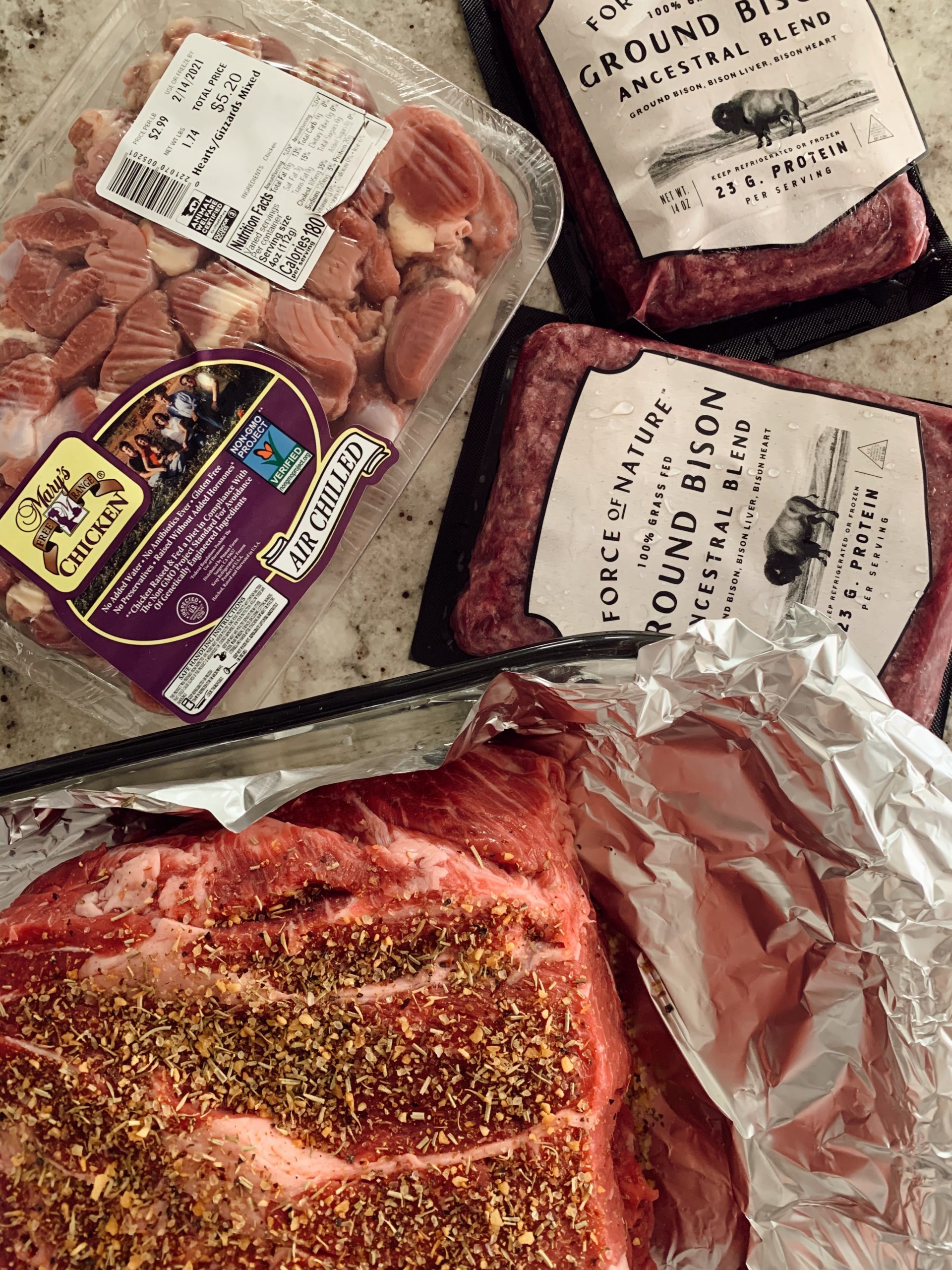
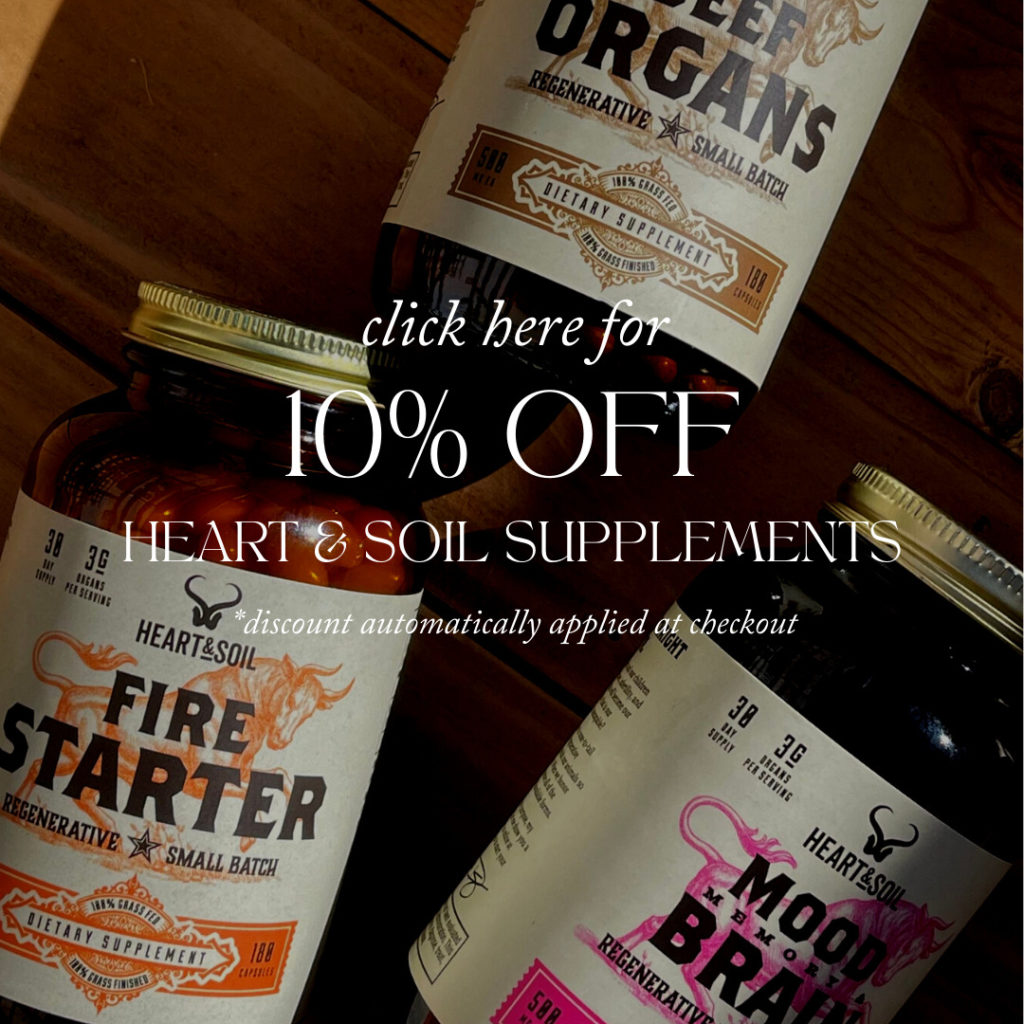
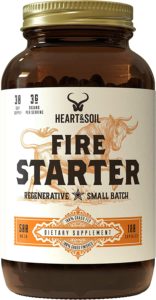
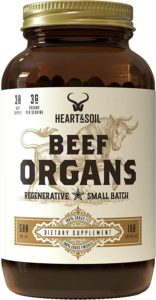
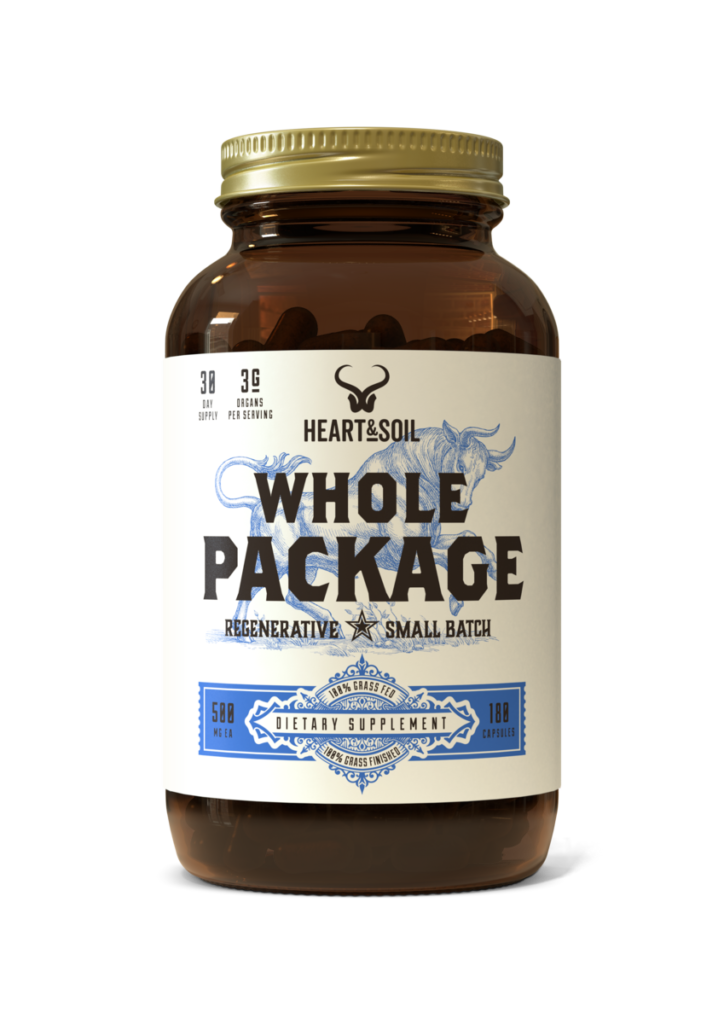



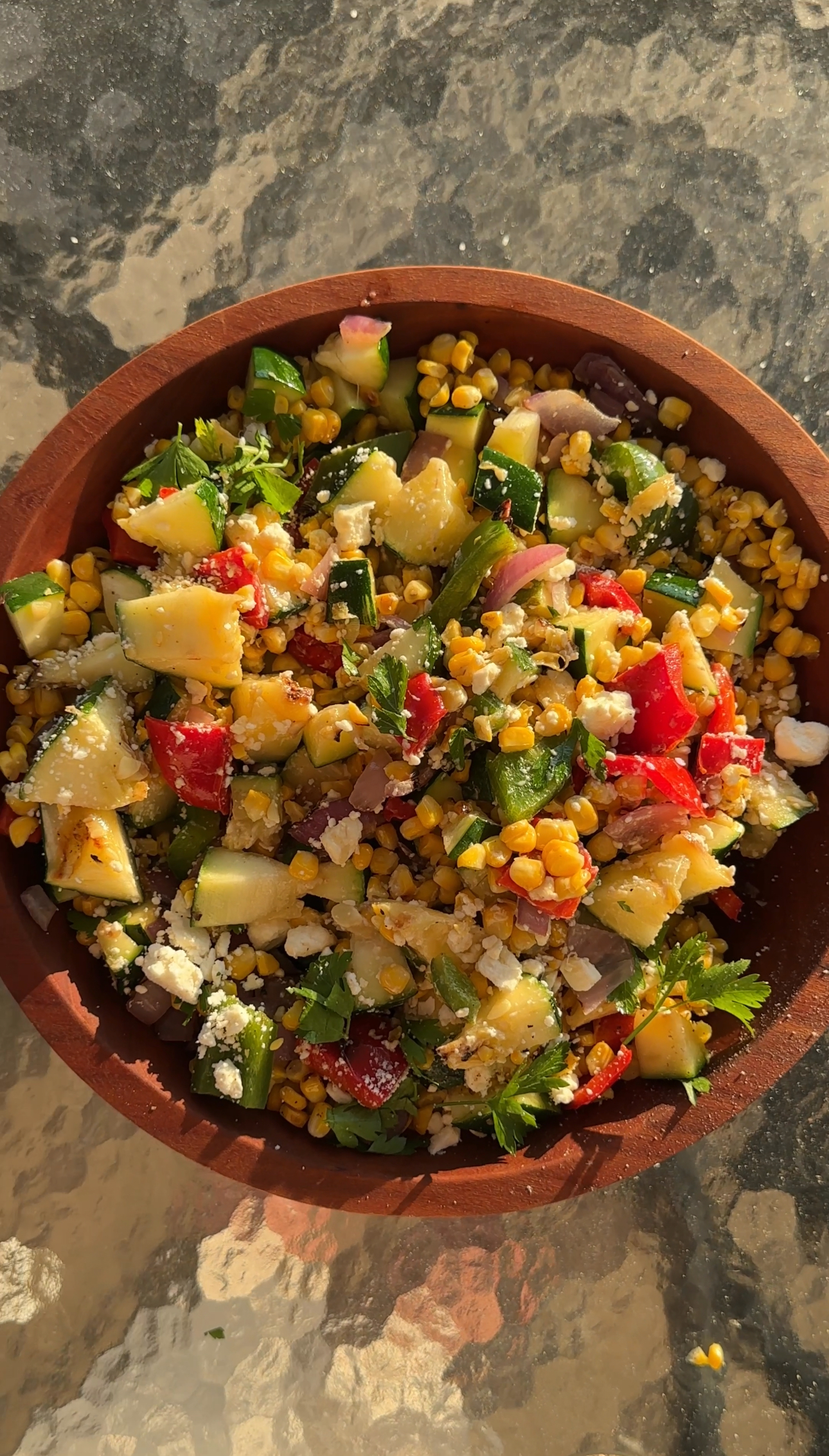

Read the Comments +